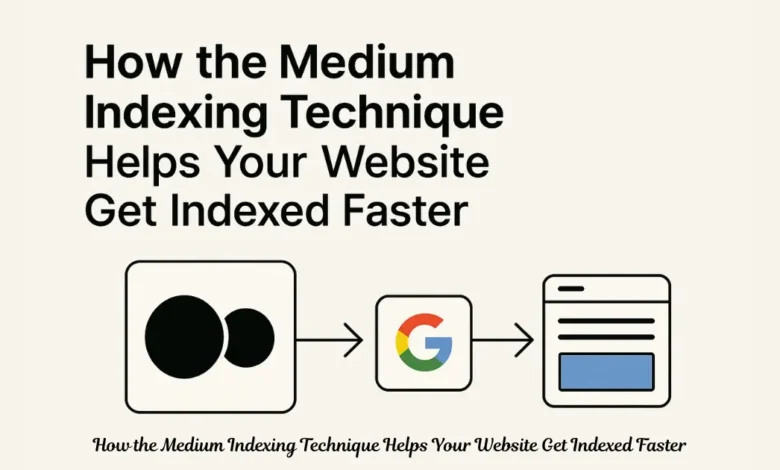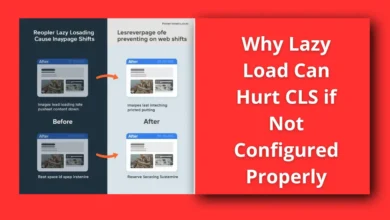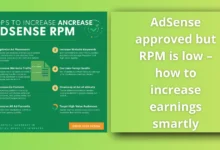How the Medium Indexing Technique Helps Your Website Get Indexed Faster

Medium indexing technique: a powerful method that speeds up Google’s crawling, boosts topical authority, and helps unarchived articles get indexed faster through high-authority signals from Medium.
table of contents
How the Medium Indexing Technique Accelerates Google Crawl and Discovery
Indexing delays have become one of the biggest challenges for creators, especially for multi-domain networks, new subdomains, and websites that Google doesn’t crawl frequently. Even when the content is strong, a title may remain “unindexed” for hours or days — invisible to search, unseen by users, and disconnected from your broader SEO strategy.
This is where the Medium Indexing Technique comes in.
And before going deeper, it’s important to clarify what this technique actually means.
The “Medium Indexing Technique” refers specifically to using the Medium.com publishing platform as an indexing accelerator.
When you publish your article’s title and a short summary on Medium — even without the full content — Google often discovers the topic faster and revisits the original article on your website, dramatically improving indexing speed.
Medium is not just a blogging site; it is a high-authority node in Google’s ecosystem. By strategically placing your title on Medium, you activate crawl signals that your own website may not generate alone.
1. Medium’s Domain Authority Triggers Faster Crawl Rates
Medium has a Domain Authority above 90 — a level matched only by top global news and editorial platforms. This gives it unparalleled indexing priority:
- Googlebot visits Medium continuously
- New posts are crawled within minutes
- Titles get indexed even if the content is short
- Google trusts Medium as a reliable discovery source
When your title exists on Medium, Google gives it immediate attention — something that smaller sites rarely receive.
Read Also :
Why Google Indexing Speed Determines Your Trend Traffic in 2025
2. Medium Acts as a Topical Signal Amplifier
Google’s modern algorithms rely heavily on Topical Authority.
If the same topic appears across multiple trusted platforms, Google treats it as a trend or a subject worth boosting.
Publishing your title on Medium creates a topical signal pattern, telling Google:
- “This topic is important.”
- “Users may be searching for this.”
- “Check the original source for full context.”
This encourages Google to revisit your site more frequently.
3. Link Graph Theory: How Medium Pushes Googlebot Toward Your Website
Medium is a strong link node in the web’s graph. Your website — especially if new, niche, or part of a subdomain — may not be.
When Medium links to your article:
- Google perceives a verified reference
- The link graph becomes stronger
- Googlebot follows the path to your site
- Crawl frequency increases
- Indexing accelerates naturally
This effect is one of the core reasons why the Medium indexing technique works so reliably.
4. Medium Strengthens E-A-T for Your Content
Google evaluates online content based on:
- Expertise
- Authoritativeness
- Trustworthiness (E-A-T)
Medium supports all three:
✔ Publishing consistently shows expertise
✔ A Medium backlink adds authority
✔ Google trusts Medium’s editorial environment
For tech websites, trend blogs, and multi-domain ecosystems, this adds measurable SEO value.
5. Multi-Platform Publishing Generates “Content Momentum”
When a topic appears simultaneously on:
- Your website
- A subdomain
- Medium
…Google interprets this as multi-channel momentum.
This results in:
- Faster crawl activity
- Higher topical relevance
- Stronger indexing priority
- Increased visibility for the original article
Simply put, Medium helps your content ecosystem move together as one.
6. Medium Boosts Engagement Signals That Google Reads
Medium posts often generate:
- Claps
- Reading time
- Comments
- Highlights
- External shares
Google detects these referral signals.
If users click from Medium to your article, stay longer, or interact more, Google views your content as valuable — and this pushes indexing higher.
7. No Duplicate Content Risk With Proper Structure
Duplicate content becomes a concern only if you copy the full article.
To avoid it:
- Post only a summary or the meta description
- Add the link to your original article
- Keep the Medium version shorter
- Use a different sentence structure
This clarifies to Google:
Medium = summary
Website = original source.
Practical Use Cases of the Medium Indexing Technique
📌 Use Case 1: A Title Unindexed for 24–48 Hours
- Publish the full article on your website
- Publish a short summary on Medium
- Add a “More” link to the original post
- Medium gets indexed in minutes
- Google revisits your original site
- Indexing often happens the same day
📌 Use Case 2: Indexing a New Subdomain
New subdomains behave like new websites.
They lack crawl history.
Publishing on Medium sends an immediate high-authority signal that speeds up discovery for the subdomain URL.
📌 Use Case 3: Trending Tech or News Titles
For topics like Steam Machine Leak 2025, Medium triggers:
- Instant relevance
- Fast crawling
- Priority indexing
- Additional visibility
Trend articles benefit the most.
FAQ — Frequently Asked Questions
1. Does the Medium indexing technique rely on publishing on Medium.com?
Yes. The technique depends on posting your article’s title and summary on Medium.com to activate faster Google crawling and indexing.
2. Can Medium outrank my original article?
Yes, temporarily. But it sends users and authority back to your site, which strengthens your ranking long-term.
3. Is there any duplicate content risk?
No. As long as the Medium version is shorter and links to the full article, Google recognizes your website as the primary source.
4. How fast does indexing happen after publishing on Medium?
Medium gets indexed within 10–30 minutes.
Your website often gets crawled within 1–12 hours, and indexing usually follows the same day.
5. How should the link be added in Medium?
Use the clean format:
For more → More
Link only the word More.
6. Does this technique work for new or weak domains?
Yes — it is extremely effective for new domains, subdomains, and websites with slow indexing issues.
Discover more from Feenanoor
Subscribe to get the latest posts sent to your email.









